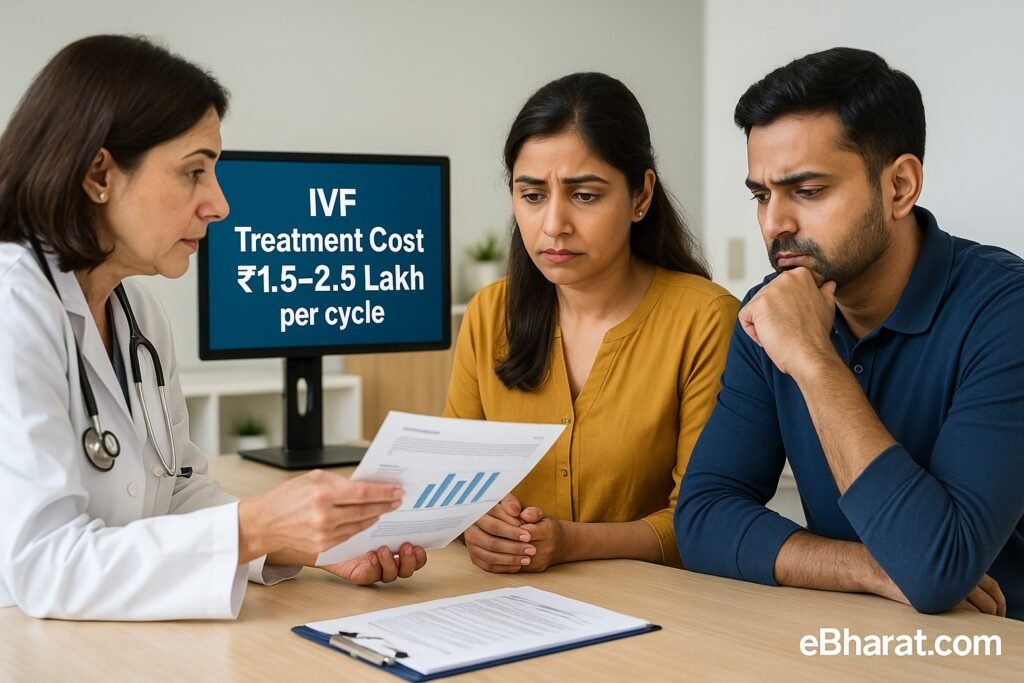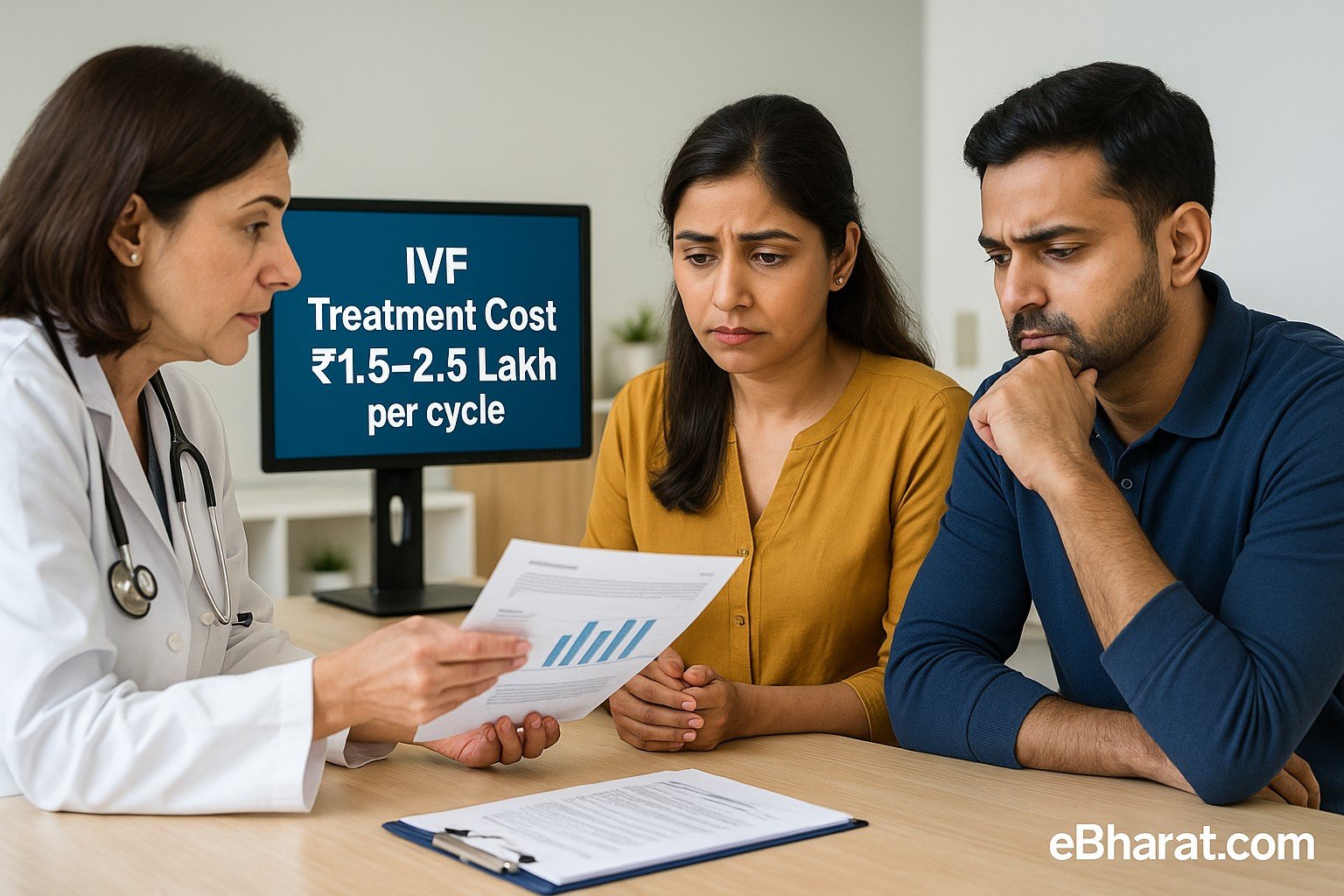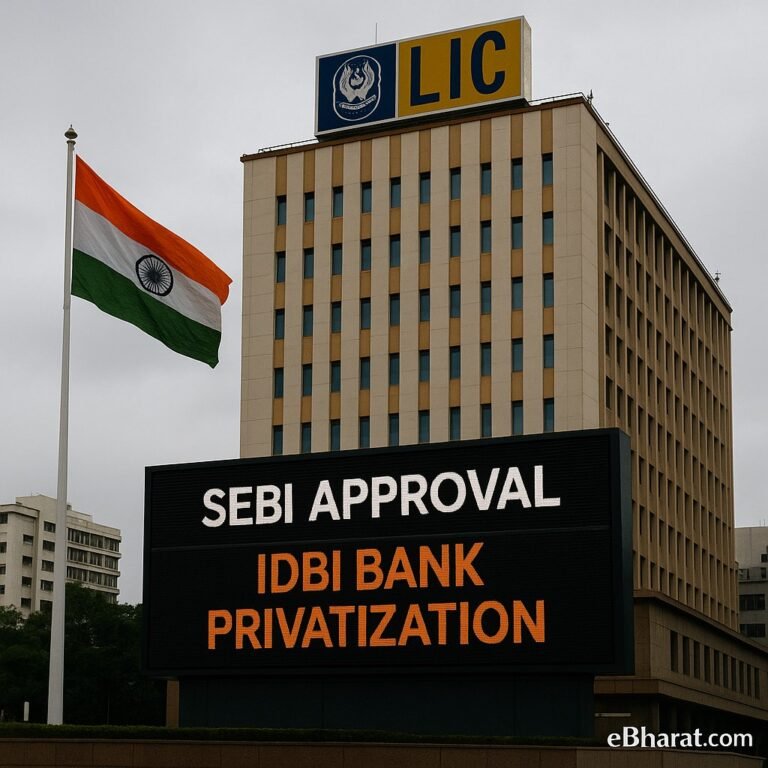
Even as India’s health insurance sector grows, in vitro fertilization (IVF) treatments remain outside the scope of most policies. Experts warn that despite rising infertility rates, insurance coverage for fertility procedures is still limited, leaving patients to bear high out-of-pocket expenses.
IVF: An Expensive Journey Without Insurance Support
- IVF treatment in India costs anywhere between ₹1.5–2.5 lakh per cycle, depending on the city and hospital.
- With multiple cycles often required, many couples end up spending ₹6–10 lakh or more for a successful pregnancy.
- At present, most health insurance providers in India exclude infertility treatments from their policies, considering them “elective” or “non-essential.”
Global Practices vs. India
- In the United States, 21 states mandate some level of infertility treatment coverage, but policies vary widely.
- In the UK, the National Health Service (NHS) provides partial IVF coverage based on age and medical condition.
- In contrast, India has no national regulation mandating insurers to cover IVF, making it unaffordable for many couples.
Insurance Industry’s Position
Insurers argue that:
- IVF success rates are uncertain, making it a high-risk and high-cost procedure to cover.
- Premiums would rise sharply if IVF were included, affecting affordability for the broader policyholder base.
However, patient advocacy groups argue that infertility is a medical condition and not just a lifestyle choice, and therefore should be treated on par with other health challenges.
Recent Developments
- A few niche insurance products are starting to include fertility wellness benefits, such as consultations, diagnostics, and limited financial support.
- The Insurance Regulatory and Development Authority of India (IRDAI) is reportedly considering whether fertility treatments should be gradually introduced under broader health policies.
Why It Matters
- Rising Demand: Studies suggest infertility affects 1 in 6 couples in India, creating a large treatment gap.
- Financial Strain: The lack of coverage forces couples to rely on loans, savings, or medical crowdfunding.
- Policy Direction: Inclusion of IVF in insurance could make treatments more accessible and reduce stigma around infertility.













